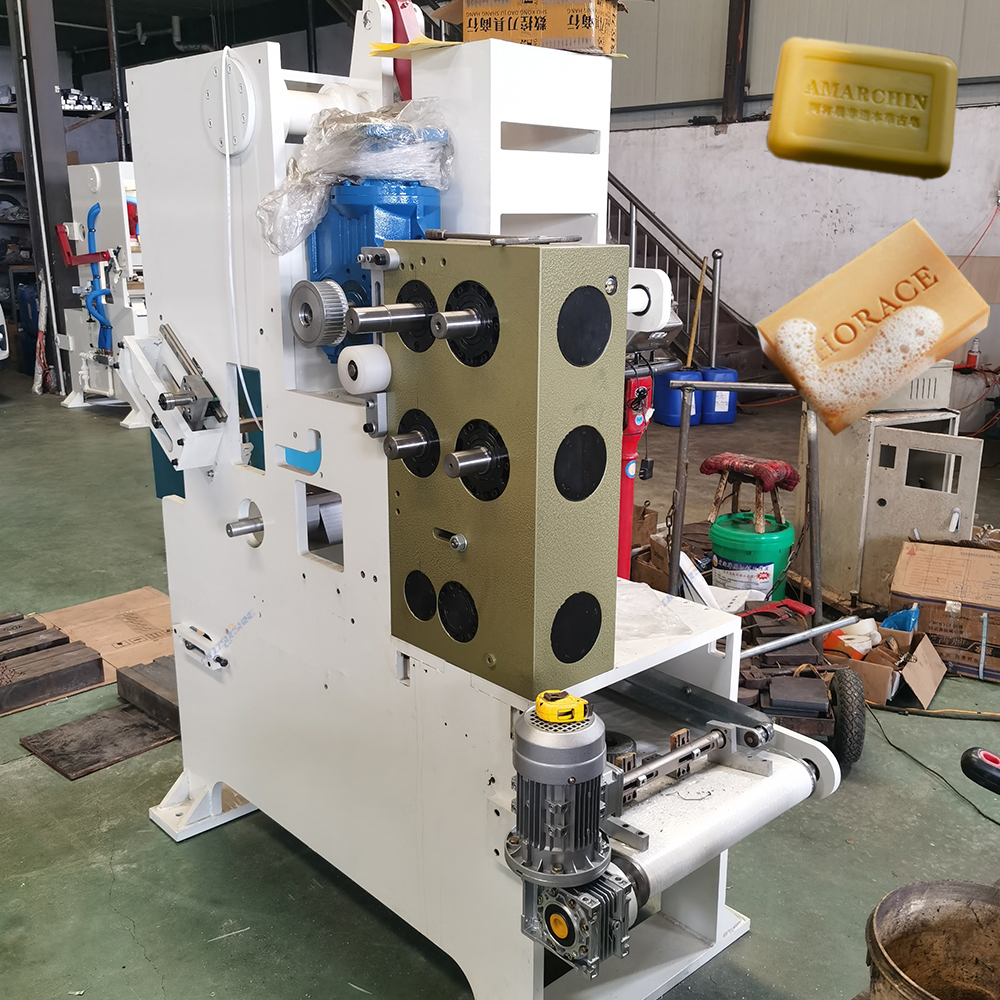Achieving consistent, high-volume output in soap manufacturing demands precision-engineered machinery working seamlessly together. A modern **industrial soap production line** integrates specialized equipment to transform raw materials into finished bars efficiently. It starts with the **soap mixer** or **mixing machine**, crucial for thoroughly blending oils, fats, lye, additives, and colorants into a homogenous soap base under controlled conditions.
This mixed paste then moves to the **soap plodder machine**, a core component for refining texture and density. Modern lines often utilize a **vacuum plodder**, which removes trapped air during extrusion, preventing bubbles and ensuring a harder, longer-lasting **bar soap**. The vacuum process significantly enhances bar quality for both **laundry bar soap production lines** and **toilet soap finishing lines**. The extruded continuous soap log emerges ready for shaping.
Next comes precision cutting. While manual methods exist, an **automatic soap production line** incorporates high-speed **cutter** units. These can range from basic guillotine types to sophisticated **electric washing soap cutter** systems designed for specific bar shapes and sizes. For unique requirements, a **custom soap cutting machine** offers flexibility in dimensions and throughput, essential for diverse product portfolios like a **beauty soap making line**.
Integrating a **vacuum plodder** directly before extrusion and pairing it with an automated **cutter** minimizes handling, reduces waste, and maximizes line efficiency. This synergy between the **soap plodder**, **soap mixer**, and cutting stages is fundamental to profitable operations. Whether establishing a new **laundry soap making line** or upgrading an existing **bath soap making machine** setup, selecting compatible, robust machinery designed for continuous operation is paramount. The focus must be on achieving optimal density, perfect finish, and consistent bar weight at high speed to meet market demands cost-effectively.




